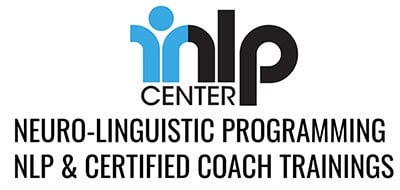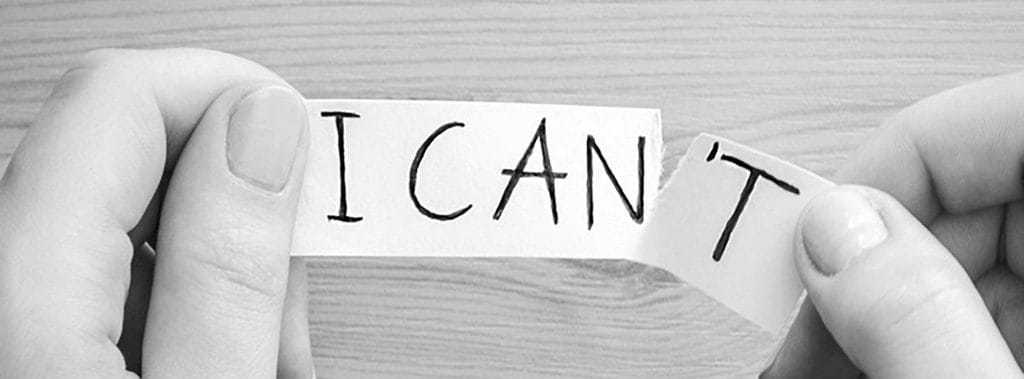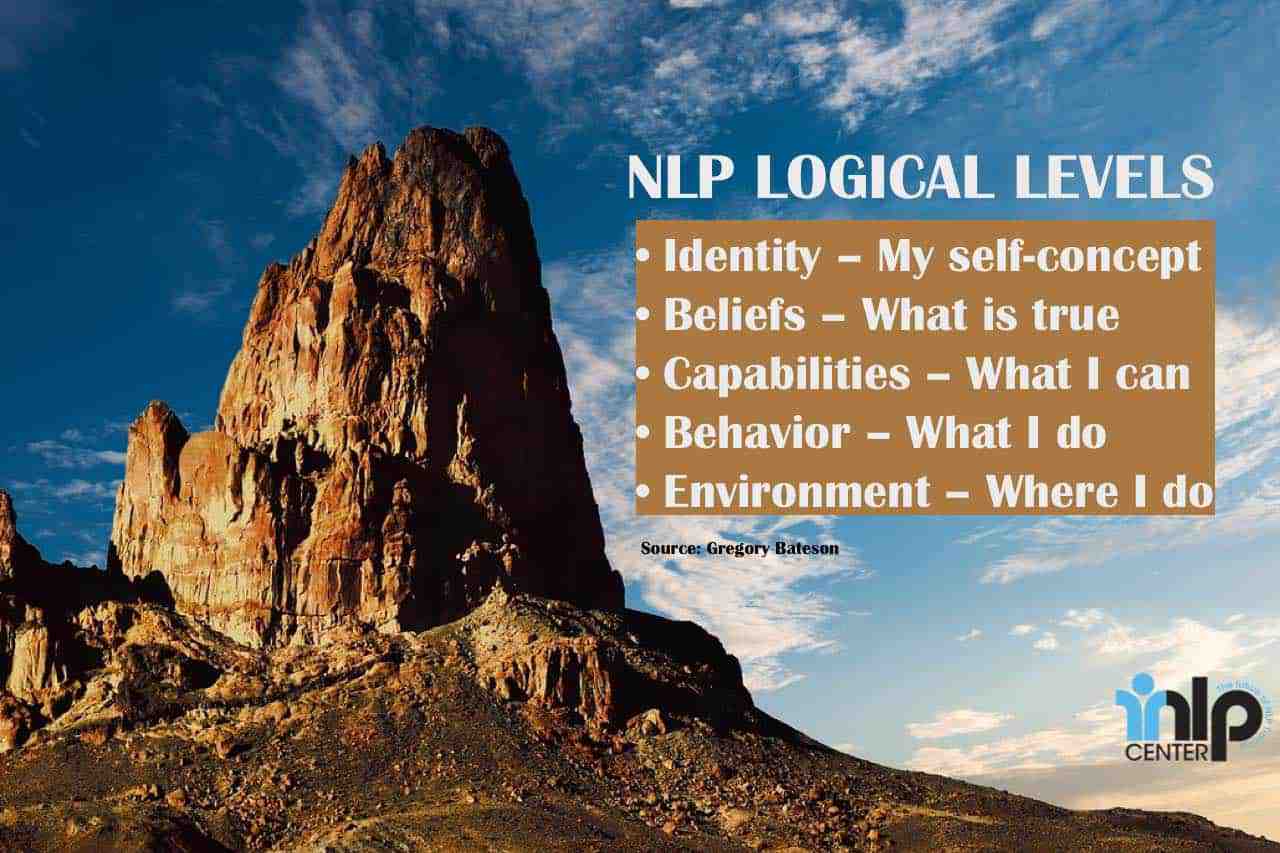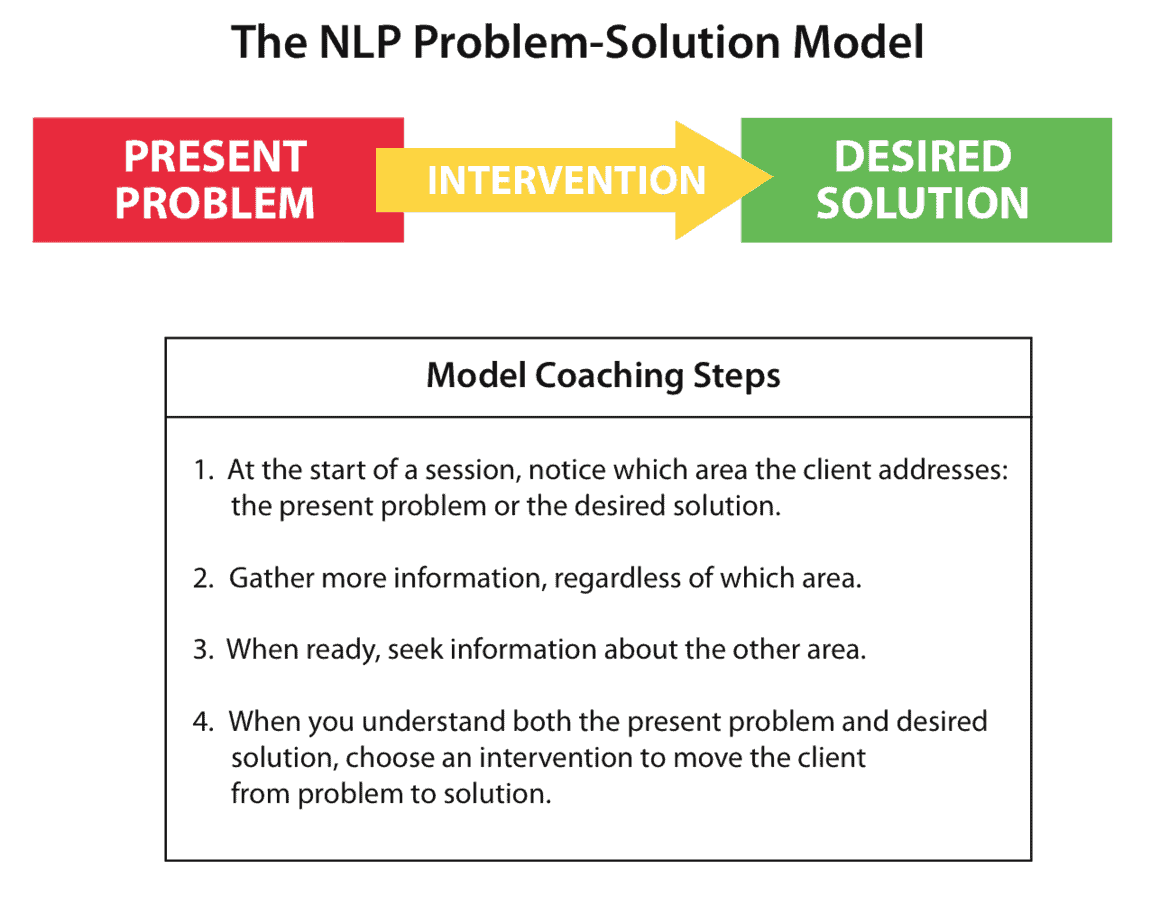The objection I can’t is common in coaching and therapy. When people say I can’t, how do we proceed as one who is facilitating change?
This tutorial will present a viable way to work with this objection using NLP tools.
We’ll use the following NLP models:
• NLP Logical Levels model to interpret what I can’t means
• The NLP Meta Model to gather specific information
• Outcome Specification to move beyond the objection
• The iNLP Center Problem-Solution model to track progress
The Goal of this Tutorial
We want to properly “position” the problem of I can’t and identify an effective place to intervene.
Positioning is a way to think about the entire issue to reveal interventions that could work. We achieve effective positioning through information gathering with NLP models in mind.
• Defining the problem using an NLP model
• Identifying the desired solution using outcome-oriented language
• With the well-defined problem and solution in mind, choosing an intervention that moves the client from problem to solution.
When you say I can’t, what do you mean, specifically?
We can use the NLP Logical Levels Model to interpret.
NLP Logical Levels Model
The Logical Levels hierarchy above highlights one a set of lenses to look through to understand someone in a useful way.
If we interpret the words I can’t though through NLP Logical Levels, we should notice the reference to capabilities. When I say I can’t I am, in a literal sense, talking about my capabilities, meaning I do not possess the needed capabilities, mental and/or physical.
For example:
I can’t solve calculus problems because I haven’t taken a calculus class and have no knowledge of calculus.
I can’t beat Roger Federer in a tennis match because Roger has far superior tennis skills.
I can’t get the job I want yet because they require html coding certification and I haven’t had that training.
Sometimes, can’t is a legitimate reflection of capabilities.
At other times, can’t may not reflect actual capabilities.
Using Logical Levels as a lens, we consider that can’t may have more to do with beliefs.
If you’re booked to give a speech and begin to complain that you can’t do it, you might really mean:
• I don’t believe I can do it.
• If I give the speech, I am going to look like a fool.
• People will ridicule me.
You may possess subject matter knowledge and great verbal skills, but still feel like you can’t give the speech. You feel incapable in spite of your knowledge and skill. The belief that you can’t do it, for whatever reason, may ultimately manifest in a performance that is less than you would otherwise be capable of doing.
Beliefs about capabilities or the perceived outcomes of your actions may even render you less capable than someone with lesser skill. Beliefs are powerful.
The point is, it’s helpful for a coach to be clear about which level the client is coming from, capabilities or beliefs. This is the first thing to establish.
When you’re coaching someone who says I can’t, begin to sort it out. According to the NLP Meta Model, you could ask:
What stops you?
Now, listen. Does the client begin speaking about his or her actual capabilities? Does she begin to project beliefs?
If you’re positioning with the Logical Levels model, you’ll want to nail this down so the client also understands what she’s saying according to Logical Levels. Often, we don’t realize what we mean when we say I can’t. Help the client sort it out.
Other questions to ask:
Are you speaking of your true skills or of what you fear might happen?
Do you honestly have the knowledge or skill required?
What would happen if you did do it?
Watch and listen. As the client responds, is she:
• Simply referring to a lack of knowledge, skill or training? (Actual capabilities)
• Referring to her level of confidence in her knowledge skills or training? (Beliefs)
The coaching could go in different directions depending on the answer. Once you and your client understand where she falls with this issue on the Logical Levels, you can mentally check in with the iNLP Center problem-solution map.
According to the map, you can locate either the lack of capability or limiting belief on the problem side of the map.
Now, onto solutions.
This is where NLP outcome specification comes in handy.
Given the problem, what does the client want? If there is a lack of capability, is it the client’s goal to develop the needed skills?
If you’re dealing with a belief, does the client want to change that belief so that she can fully utilize her capability? If so, what would she rather believe?
You may choose to do a full outcome specification here, according to iNLP Center practitioner training module 9. Or you may choose to do a quick version of it.
For example:
So, you believe you are going to fail the chemistry test, even though you understand the chemistry concepts that will be on the test, because for you, ‘failure is inevitable.’
Instead of believing failure is inevitable for you, what would you rather believe?
You and the client may come up with something like: I can succeed when I am adequately prepared.
(Keep ecology in mind by asking questions like: What would happen if you believed that? Would anything in your life be at risk?)
Now, you’re squarely on the Desired Solution side of the problem map. To proceed from here, you’ll choose an intervention to help the client transition from the problem (believing failure is inevitable) to the desired solution (believing I can succeed when I’m adequately prepared).
From here, you’ll draw upon your NLP skills to facilitate the transition from the present, limiting belief to the new, empowering belief.
To this point you have:
• Identified the objection I can’t.
• Located the objection on the Logical Levels model as either a reflection of actual capabilities or beliefs.
• Located your process on the iNLP Center Problem-Solution model.
• Specified a desired solution (outcome) relevant to the logical level, either to develop a new capability or shift a limiting belief.
Now, you’re all set to choose an intervention. The specific intervention you choose and how to implement it is beyond the scope of this article, but…
Here are some quick ideas.
Use the VAK Model to identify the full inner experience of limiting beliefs, looking for the opportunity to shift them.
Use VAK to identify the full submodalities of the new, empowering belief, seeking to associate into this state.
Use Tame the DMN maps to work with the limiting belief.
Use the ABCDE model (life coaching course) to process the limiting belief.
Use Core Transformation to work with inner parts related to the limiting belief.
Understand and work through the psychological attachments from which the limiting belief might come (AHA Solution).
Work with life metaphor to transition to a more empowering metaphorical paradigm (Life Metaphor program).
Use the association/dissociation protocol in practitioner training module 4 to reframe past negative events and embrace positive, supporting events.
Use the As-If frame to explore a future in which the limiting belief has shifted.
When the limiting belief is related to other people, use Perceptual Positions to take different points of view.
And we’re just getting started. When working with beliefs, there are many different paths you might explore. This is both the challenge and the adventure of coaching with NLP!





